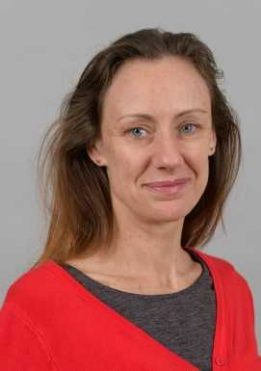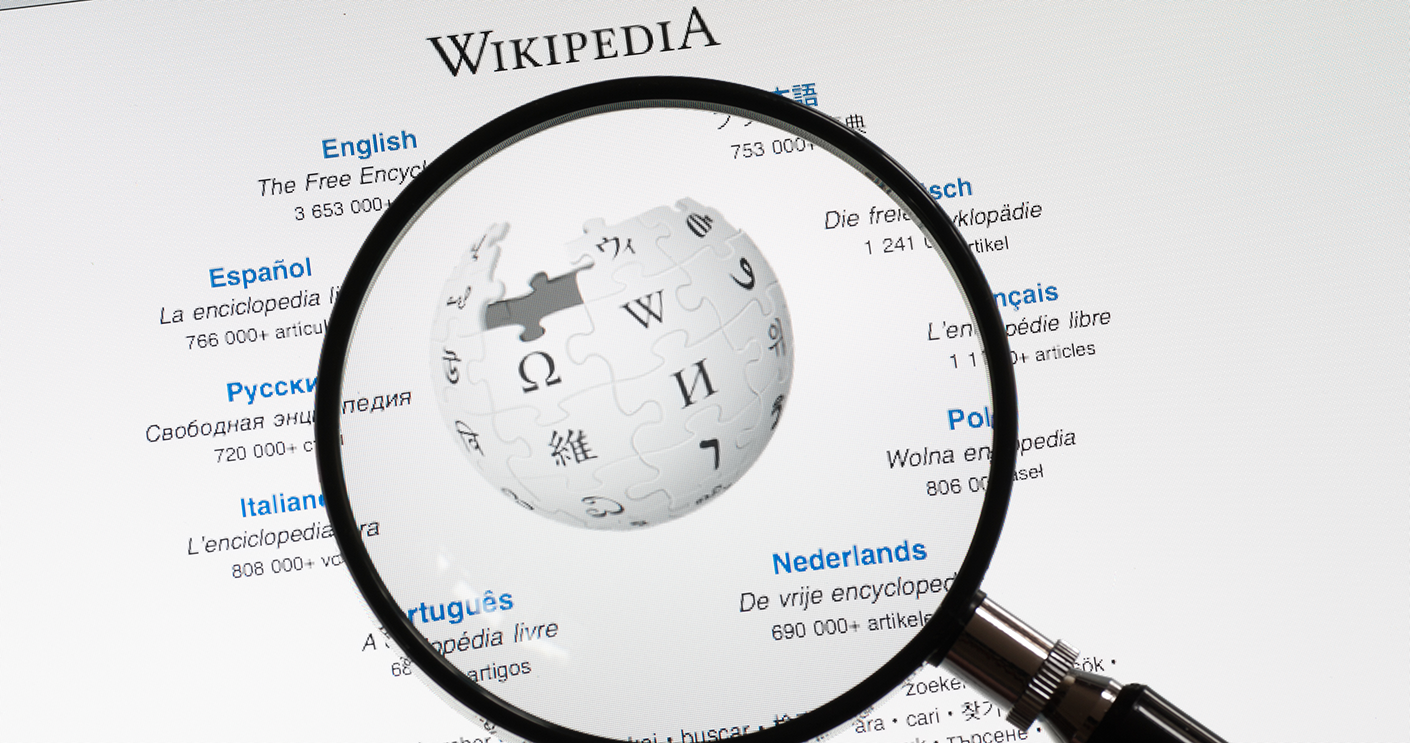A fair assortment of the world’s knowledge is gathered there. Love it, hate it, or can’t quite decide whether it’s a good or a bad thing, Wikipedia – the world’s seventh most visited website – is still a handy tool for finding information on just about anything. And for many people looking something up, it’s the first and only port of call.
But it has blind spots. And one of those blind spots is women. Wikipedia admits that most of the volunteer editors are male – somewhere between 84 and 91 per cent on the English-language version, according to its surveys. This in turn, the Wikipedia Foundation acknowledges, means there are fewer and less extensive articles about women or topics important to women.
In 2018, when Donna Strickland became the first woman in 55 years to win a Nobel Prize in Physics, the Guardian noted that, not only did she not have a Wikipedia listing, but that when a Wikipedia user attempted to create a profile for her some months previously, a moderator rejected the entry, saying, “This submission’s references do not show that the subject qualifies for a Wikipedia article”.
With women making up only 27 per cent of Australia’s STEM workforce, it’s clear there is a vital need for more visible role models to encourage girls and young women into STEM professions.
With this in mind, groups worldwide are mobilising to increase the representation of women in Wikipedia.
 Recently, Macquarie’s Dr Melanie Zeppel (pictured, left) joined a ‘Wikithon’ organised by Franklin Women – a professional community for women working in the health and medical research field. Melanie describes them as “an amazing group of supportive and inspiring women lifting each other up and inspiring careers for diverse groups”.
Recently, Macquarie’s Dr Melanie Zeppel (pictured, left) joined a ‘Wikithon’ organised by Franklin Women – a professional community for women working in the health and medical research field. Melanie describes them as “an amazing group of supportive and inspiring women lifting each other up and inspiring careers for diverse groups”.
The aim of the Wikithon was to create as many Wikipedia profiles of prominent women in STEMM as possible.
Melanie had never edited a Wikipedia page before (her day job involves researching genomic medicine at Macquarie’s GenIMPACT research centre) and she says she found the writing style very different to the grant applications she usually writes.
But she was so excited by what she was doing she kept at it after the event, creating an entry a day, complete with evidence and information suitable for Wikipedia’s style and acceptable to its moderators.
“I’ve created profiles for women like UWA neuroplasticity researcher Dr Sarah Dunlop, and the head of UNSW’s Psychosocial Research Group, Professor Bettina Meiser,” she says. “It’s been very inspiring learning about all these women.”
Who from Macquarie – male or female – do you think needs a Wiki entry? Tell us in the comments below.
The Australian Academy of Science is also encouraging entries in its STEM Women online database, which features over 1000 Australian women in STEMM.


 Back to homepage
Back to homepage
I can only speak to FSE EPS and ES (plus a few others around the place):
• Prof William (Bill) Lindsay Griffin – (H-index of 120 in google and written more papers on seminal geochemistry than one could dream of)
• Professor Kirstie Fryirs – there is a Wiki for River Styles but not for either of it’s creators
• Prof. Stephen Foley (full disclosure; my PhD supervisor) – ARC Laureate fellow and the world expert on potassic volcanism
• Prof. Juan Carlos Afonso – Creator of LitMod a program that allows modelling of the interior of the planet in super high detail
– Dr. Elena Belousova – One of the world leaders in the analysis of Zircon, a mineral that is used to date rocks and the age of the earth.
– A. Prof Kira Westaway – Helped discover a new species of hominim
– Prof. Simon Turner – world leading isotope geochemist, expert (understatement) in arc magams
– Em. Prof. Trevor H. Green – Experimental petrologist who has done huge amounts of work on a wide range of igneous rocks
– Em Prof. John Veevers (desceased 2018) – Known primarily for his big-picture approach to Geoscience
– Em. Prof. Ron Vernon – pioneering metamorphic petrologist
– Prof. Dorrit Jacob – Expert in biomineralisation, mantle geochemistry and kimberlite formation (diamonds)
– A. Prof. Ronika Power – Bioarcheologist working across a huge range of disciplines to understand how we lived and died through time. Also an insanely amazing communicator of research!